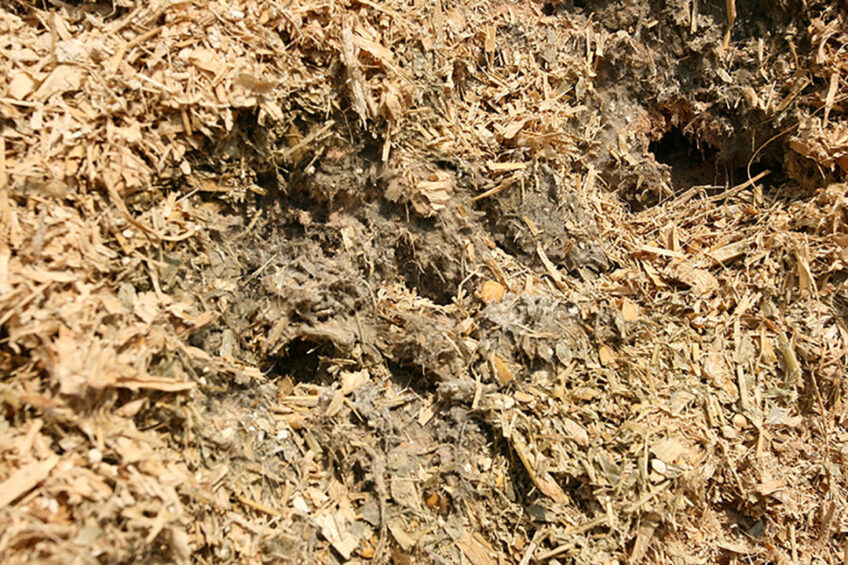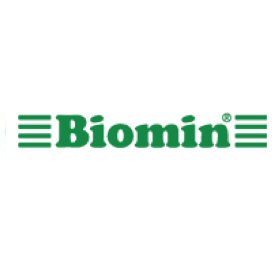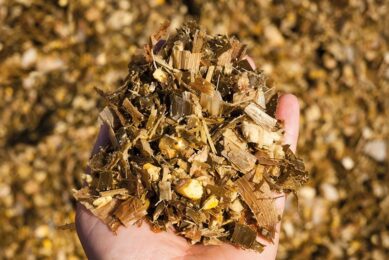The mycotoxin risk in forages and silages

Ruminants are unique animals. With the complex rumen system, these animals are able to derive energy and protein from forages that most livestock cannot even digest properly. Forages have the advantage of being inexpensive relative to other feed types but we need to be aware of the mycotoxins that they can contain.
Mycotoxins are toxic secondary metabolites produced by fungi and they have a large impact on the animal industry in health costs and reduced performance. People often associate mycotoxins with grains. Indeed in a forage material that includes some grain e.g. corn silage, then the mycotoxins that are in the grain will generally remain in the silage. But mycotoxins can be produced in other parts of the plant.
These include some of the Fusarium fungi mycotoxins that are common in grain e.g. deoxynivalenol (DON, a concern for gut health and disease susceptibility), zearalenone (ZEN, a concern for reproduction) and fumonisins (FUM, a further concern for gut health). There can also be less well known Fusarium mycotoxins such as culmorin compounds and moniliformin. There is evidences that some of these other compounds exacerbate the effect of DON on animals.
Mycotoxins in forages
Forages can also contain mycotoxins from other fungi growing in or on plants. Tenuazonic acid (TeA) produced by fungi like Alternaria and Phoma is often present. A common Phoma disease on forage sorghum means that this particularly has a frequency high TeA contamination. Not much is known about the effect of TeA on ruminants but it is a protein synthesis inhibitor and is known to have effects on the digestive tract wall in poultry.
Figure 1. Aspergillus fumigatus is one of the most common mycotoxin-producing silage molds. It can commonly produce gliotoxin and can infect the lungs or digestive system of immunocompromised animals. It may contribute to hemorrhagic bowel syndrome (HBS).

Grasses
Within the shoots of some grasses, there can grow specific endophytic fungi such as Neotyphodium species on fescue grasses and these can produce toxic ergot alkaloids that can cause tremors and vasoconstriction contributing to heat stress, lameness, mastitis and reproductive issues. In some grass or cereal crops that include seed there is also the risk of ergot fungi Claviceps species that also contain the toxic alkaloids.
Alfalfa
Alfalfa is another common forage crop and this can also be contaminated with deoxynivalenol (DON) and zearalenone and quite commonly can include some aflatoxin as well which is the highest profile mycotoxin issue for dairy cows due to the milk carryover of aflatoxin B1. Pay attention to the storage of forages such as alfalfa and other hays or straw to reduce the risk of Aspergillus flavus and relatives that produce aflatoxins.
Silage
Silage introduces a further dimension of mycotoxin risk since some additional fungi can grow in the silage material. It’s important to avoid feeding out noticeably mouldy areas of silage since many of the moulds (such as Mucor hiemalis or Aspergillus fumigatus) can cause disease within animals or humans and many of them (including A. fumigatus) can produce mycotoxins. A. fumigatus is one of the most common silage moulds and can produce gliotoxin, an immunosuppressant, and toxic clavine compounds related to the ergot alkaloids. Other common silage moulds include Penicillium roquefortii (that can produce roquefortine C, patulin and mycophenolic acid), and Monascus ruber (that can produce citrinin).
The significance of these individual silage mould mycotoxins in ruminants does require more research but there is enough evidence that mouldy silage is generally detrimental to cattle. In addition to avoiding feeding out mouldy silage, it is important to reduce the risk of silage moulds by starting with the right moisture content of forage (not too dry), compacting the silage adequately and covering it air tight as soon as possible. An effective silage inoculant is also important for improving the stability of silage both during ensiling and in the feeding out phase.
Effects in animals
Many of the additional mycotoxins present in forages have a toxic effect on protein synthesis. This means that like many of the common mycotoxins, their effects are often seen on the fast growing cells in the body that require rapid protein synthesis, thus the gut wall, liver and immune cells. In some cases, the main method of management will be to deal effectively with DON and related compounds since the effect of DON on the gut wall can be to increase uptake of other mycotoxins and because some of the emerging mycotoxins increase the effect of DON. DON is not able to be effectively bound in the animal so management cannot be achieved with simple binder technology. (Discover the Truth about Mycotoxin Binders).
Mycotoxin solutions
Mycotoxin management for ruminants needs to address a wide range of mycotoxins that are present in the grain and forage from the field as well as mycotoxins produced in storage or ensiling. Mycofix addresses these concerns with a multiple strategy of adsorption (effective on aflatoxins, ergot alkaloids and some of the silage mould mycotoxins), biotransformation (the unique proven ability to deal with some of the most common mycotoxins) and bioprotection to safeguard the vulnerable cells of the gut wall, liver and immune system.
Author: Dr Timothy Jenkins, Development Scientist, Biomin
Join 13,000+ subscribers
Subscribe to our newsletter to stay updated about all the need-to-know content in the dairy sector, two times a week.






